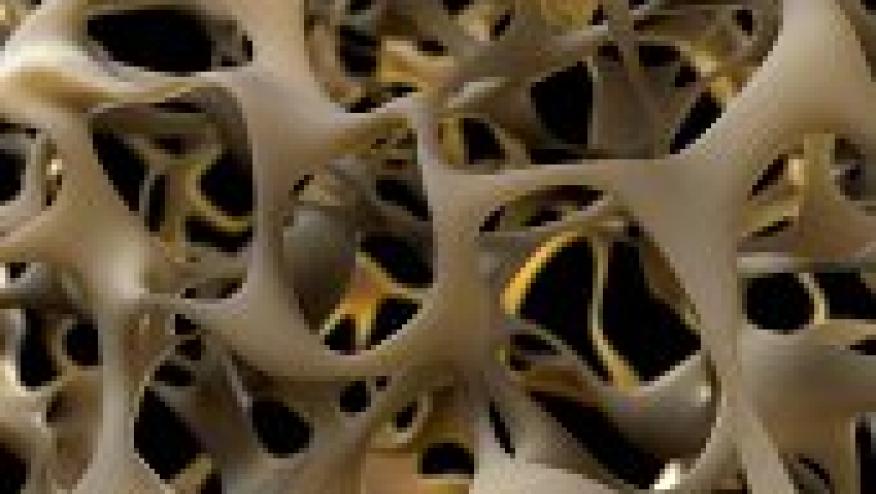Circadian Efficacy with Cathepsin K Inhibitor ONO-5334 Save

Osteoporosis is associated with significant morbidity, and hip fractures as sequelae confer a 1-year mortality risk of 8.4–36%. While anti-resorptive therapy remains a mainstream of osteoporosis management, bisphosphonates are not well tolerated by many patients and carry the risk of atypical femur fractures after prolonged use. Developing a novel, safe and efficacious treatments for osteoporosis remains a major unmet need in treatment of osteoporosis.
Cathepsin K inhibitors including odanacatib and ONO- 5334 are a new class of drugs against osteoporosis that are undergoing clinical development. While studying efficacy of anti-resorptive medication, timing of administration may play a role, as bone resorption seems to be greatest in the evening. This conclusion is based on the fact that Serum and urinary bone turnover markers such as C-terminal telopeptide of type I collagen (CTX-I) peak in the early morning hours and reach nadir in the afternoon, demonstrating that bone resorption is highest at night in healthy and osteoporotic postmenopausal women.
A randomized, single blind, single center, two-period crossover study was conducted between June and December 2011 at the Surrey Clinical Research Centre. 11 patients completed the study. Morning administration of ONO-5334 150- mg SRT for 5 days conferred >60% suppression of CTX-I sustained across 24 h, compared with 12 h after evening administration. Morning administration achieved 6% greater suppression of serum CTX-I 24-h AUE (P < .05) and 7% greater suppression of urinary CTX-I/creatinine 24-h AUE (P < .01) compared with evening administration.
Future studies required to clarify whether morning dosing would show increased efficacy with regard to BMD.










If you are a health practitioner, you may Login/Register to comment.
Due to the nature of these comment forums, only health practitioners are allowed to comment at this time.